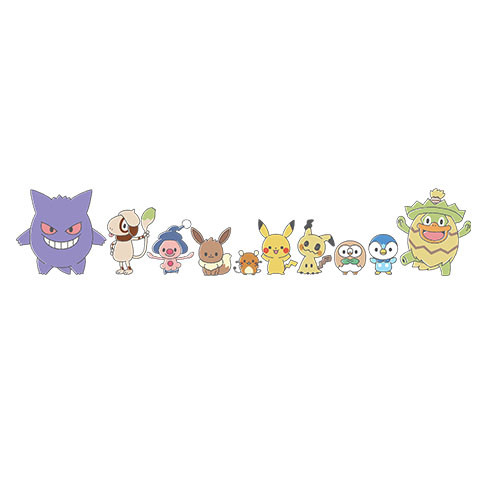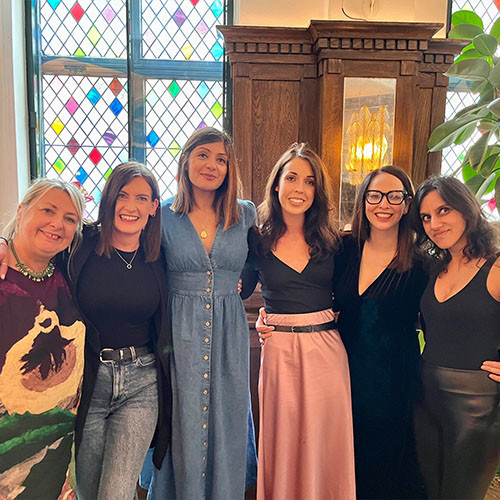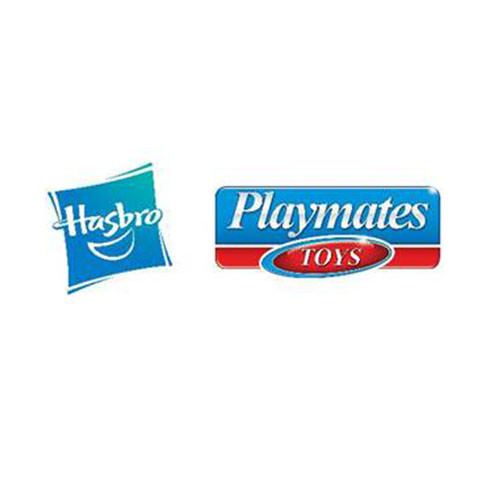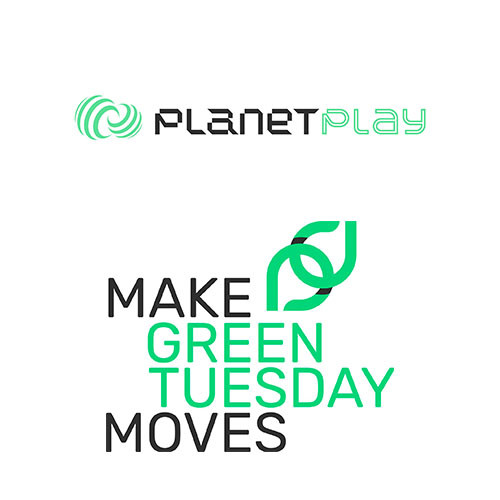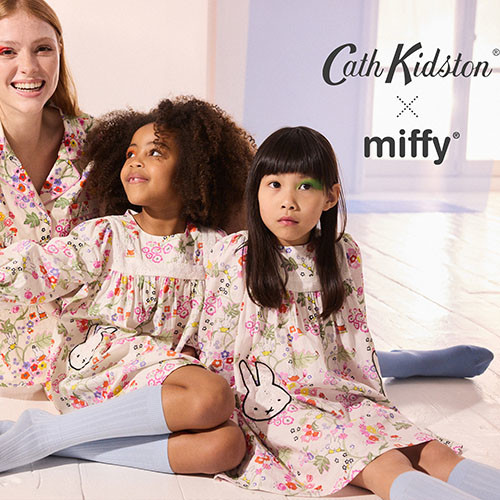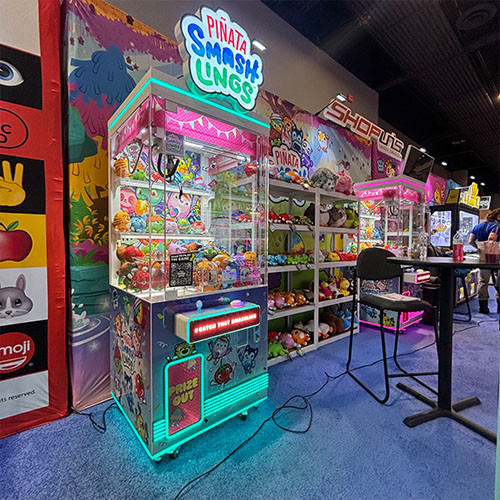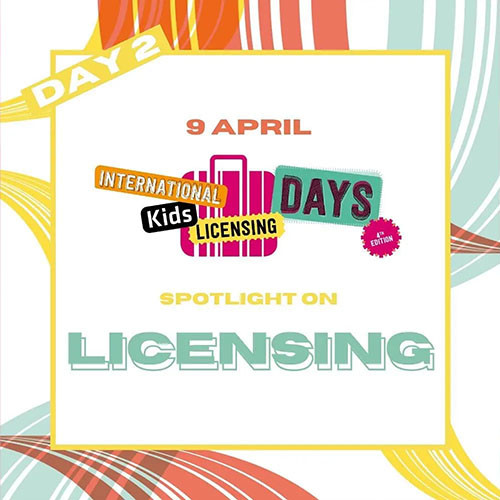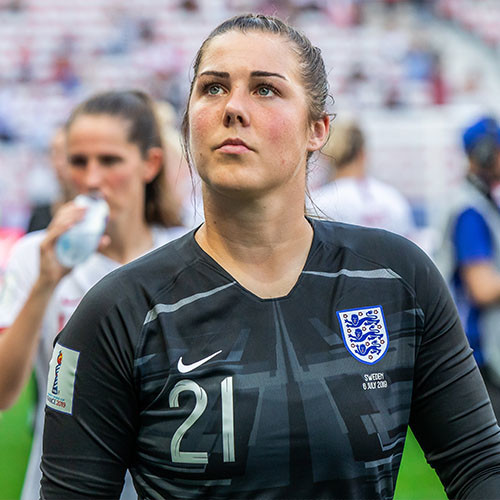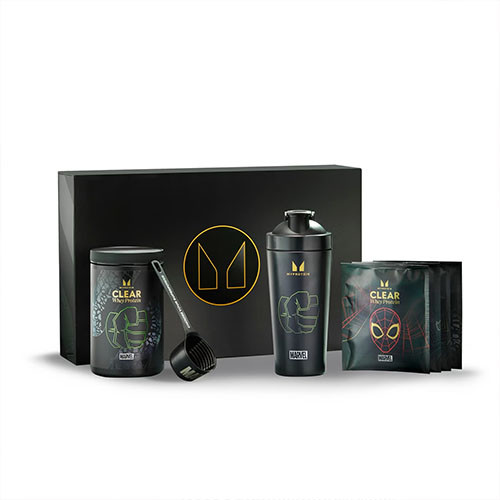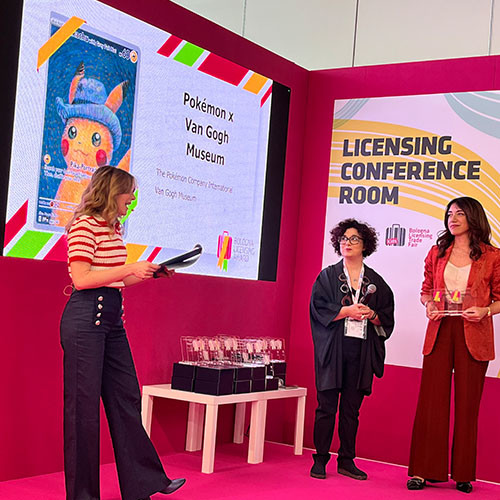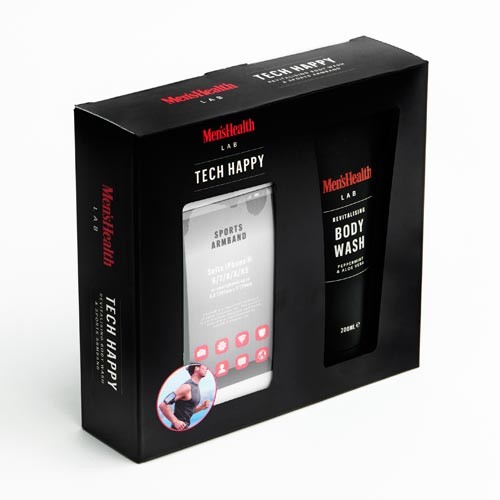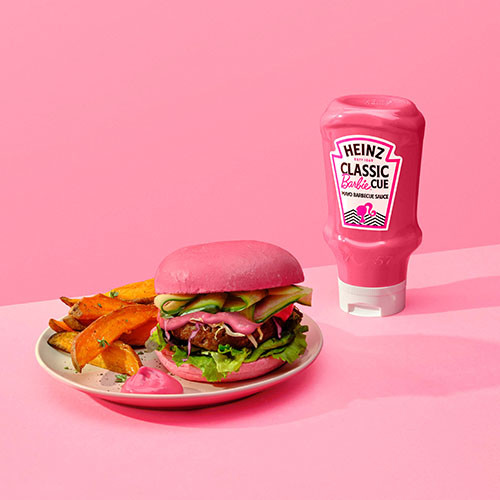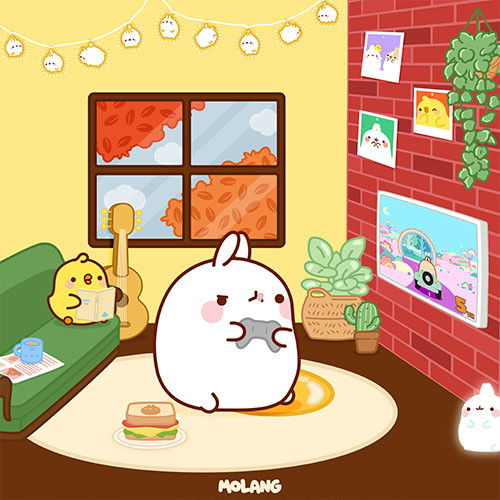David Riley chats to some of the major players about key challenges and how they are being faced.
Much to my embarrassment I’ve realised it’s two years since I covered the children’s licensed magazine market. The last time I wrote about it, in summer 2017, the market was growing but the context was a soggy, almost autumnal July.
Now the contrast couldn’t be greater. High pressure has arrived, and not just in the weather. Children’s magazines are still the third largest category in the marketplace after women’s interest and TV listings, but value is down -3% YOY and volume sales are down -7% YOY.
But these figures mask an ongoing shift in the composition of the market. Here’s Siobhan Galvin, commercial director of Egmont Magazines: “In recent years, market growth has largely been driven by cover price increases and new launches. Over 50% of new titles are now priced at £4 or above whereas five years ago, 8% of titles were in this price bracket. (Moreover) new launches have traditionally driven category growth (but) there have been fewer hits recently. In the last 18 months, only three new launches have sold more than 30,000 copies.”
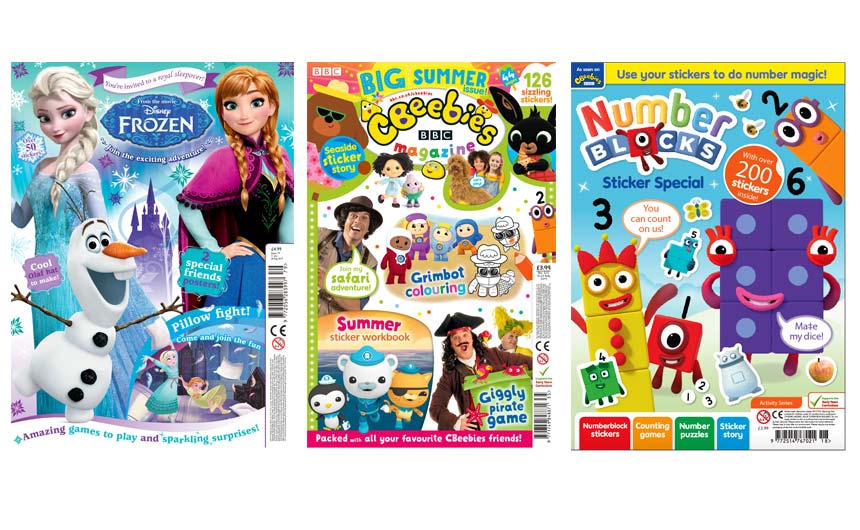
That says a lot about the magazine market and consumer behaviour, but it says just as much about retail and the strength of new brands versus established ‘classics’.
As Pauline Cooke, md of Immediate Media children’s magazines, puts it: “There have been fewer launches and more of a focus on launching standalones around bigger brands. Compilation magazines have been resilient, with their flexibility to reflect what’s popular.”
Four of the biggest players in the marketplace are DC Thomson, Egmont, Immediate Media and Redan. Everyone will recognise DC Thomson as the publisher of the Beano. Egmont publishes a range of properties including LEGO Star Wars, Thomas & Friends, PAW Patrol and Disney Princess. PAW Patrol continues to go from strength to strength (up 11% on last year), and Disney Princess is still delivering sales of 60,000 units+ – not bad for a 21 year old magazine. Immediate Media is the UK’s number one children’s magazine publisher.
Pauline continues: “We’re growing revenues and we’re forecasting further growth in 2019 and beyond. We were delighted to start publishing Disney magazines in January this year, diversifying our portfolio and working with some of the most iconic brands in the industry. This year we’ve also been busy creating new educational products with Numberblocks, Alphablocks and Mr Tumble. We see great opportunity in print magazines for children, despite the pressures of selling in retail environments.”
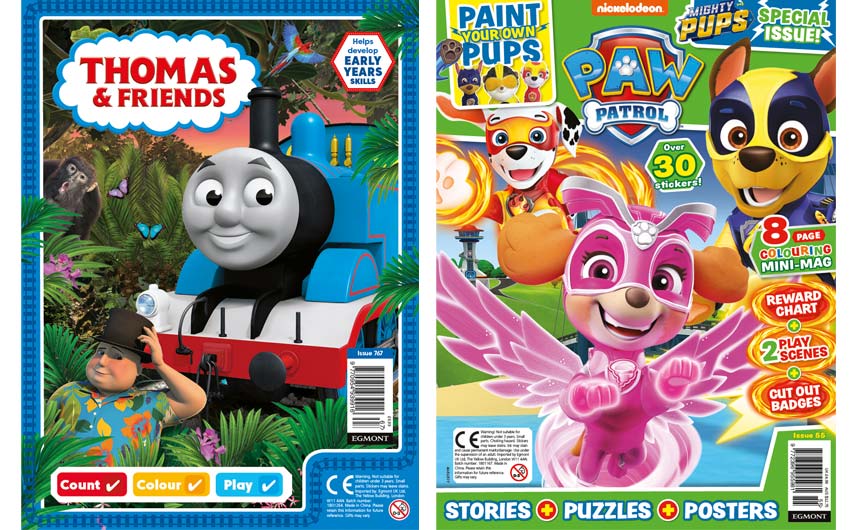
Preschool specialist Redan has managed to deliver year-on-year growth against the gloomier magazine sector. Its magazines range from the market-leading Peppa Pig titles (number one and number two in the sector) to the perennially popular Fun to Learn Friends and Fun to Learn Favourites compilation titles.
“Redan’s strategy greatly involves keeping an ear to the ground for the next big opportunity,” says md Julie Jones. “A combination of effective networking and continuing to produce high quality, fun and popular content (so licensors want their content to feature in the titles) is crucial. Compilation titles are central to the success of Redan, they allow characters to be tried out first to see whether they impact/uplift readership. These insights then form critical decisions on whether a character could support its own standalone title. However, in some instances, a character can look so promising that (we) can’t resist proposing to the licensor a standalone title for the outset. This is the case for the Moon and Me magazine that will be launched in spring 2020.”
Children’s magazines have for many years held a unique position between books and toys, a combination of education, entertainment and play; a platform that uses recognisable characters and brands to deliver reading and learning skills, but rewards with a toy or gift, thereby meeting both children’s and their parents’ needs.
As Egmont’s Siobhan describes, for children they offer “a treat + things to do + accessible and relatable characters. And they meet parents’ needs. On a practical level they offer soft learning and reward. And on an emotional level, they reinforce being a good parent, time away from screens, a shared activity (and) time together.”
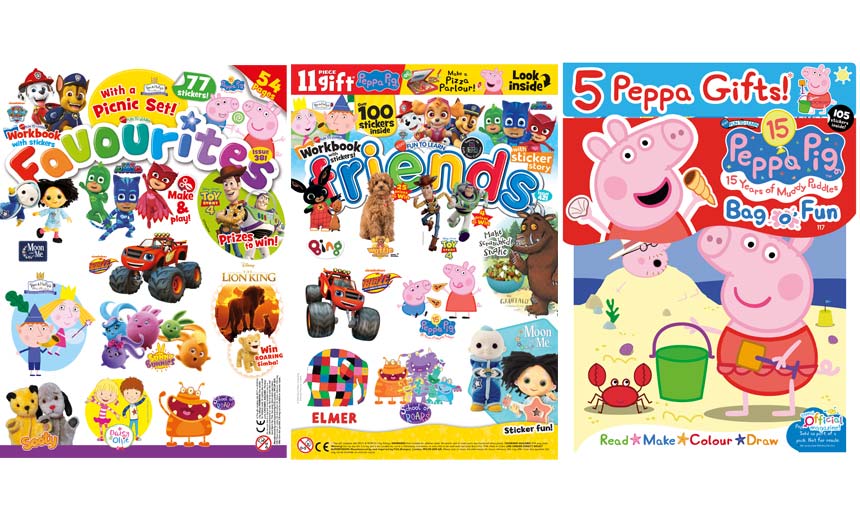
Green matters
One problem about magazines that I remember from my time as a publisher was the amount of wastage in the industry. The pressures of national distribution, a short shelf life, unpredictable consumer behaviour, often allied to the appeal of the covermount typically meant high levels of waste. And waste not just of a recyclable magazine, but of the (often plastic) covermount and (usually plastic) packaging that came with it. Given a growing consumer awareness of the issues of waste, I asked Redan and Egmont what steps they were taking to address consumer concerns.
Both publishers are trying to minimise the use of plastic bags and to ensure that those that they do use are recyclable. All children’s magazine publishers are improving the transparency of information with clear signposting on product and websites. Redan is trying to develop subscription sales without covermount gifts across its portfolio, while Egmont is trying to reduce waste in its existing supply chain model by a more efficient process, and simultaneously retrieve unsold covermounts from the supply chain. By the end of the year, it believes it will have re-used over two million units instead of producing new covermounts.
Both are obviously taking steps in the right direction, and should be commended for what they’ve achieved, but across the industry there’s still a way to go. Magazine publishers as a whole need to demonstrate the commitment to change and get the support of licensors, retailers and ultimately consumers if they are going to really make a difference.
Copyright © David Riley, David Riley Consulting Limited. David is an independent publishing and licensing consultant and agent specialising in book and magazine publishing. Contact him at Davidianriley16@gmail.com for independent support and advice.
This feature originally appeared in the autumn 2019 edition of Licensing Source Book. Click here to read the full publication.










